A Vet’s Guide to Cats That Live Forever (Almost)
After decades of being a vet, I’ve seen it all—from wobbly kittens taking their first steps to silver-whiskered seniors enjoying a well-deserved retirement on a sunny windowsill. And honestly, the hardest part of the job never, ever changes: the final goodbye. It’s because of that shared experience of deep love and inevitable loss that so many people ask me, “Which cat breeds live the longest?”
In this article
It’s a totally fair question. You’re looking for a companion for the long haul, and you want to maximize your time together. But here’s the unvarnished truth: there’s no magic bullet.
Sure, there was a legendary cat that lived to be 38, but that’s like winning the lottery—amazing, but not something you can plan on. A cat’s lifespan is a cocktail of genetics, daily care, environment, and a little bit of luck. A cat from a super hardy breed can have its life cut short by poor care, while a regular mixed-breed cat from the local shelter can easily cruise into its twenties with the right support.
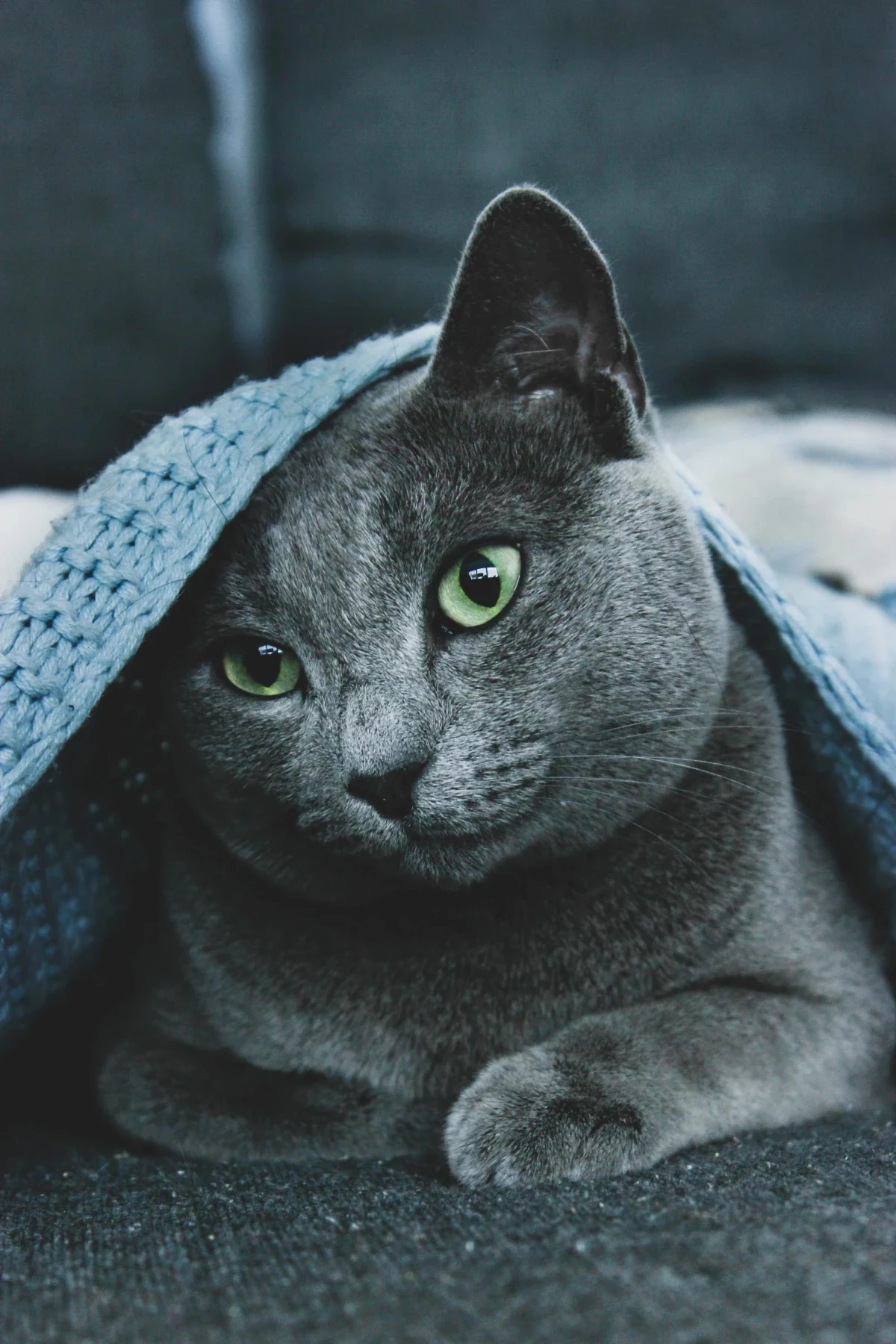
So think of this guide as the candid advice I give my clients. We’ll look at the breeds famous for their staying power, but more importantly, we’ll dive into the why behind it and the real-world care that helps any cat reach its full, happy potential.
The Big Picture: What Really Moves the Needle on Lifespan
Before we get into specific breeds, let’s get one thing straight. A cat’s longevity isn’t just a number; it’s a direct result of how well we support their fundamental biology. And a couple of factors are way more important than breed.
Genetics: The Hand You’re Dealt
Every cat comes with a unique genetic blueprint. Some breeds, often called “natural breeds,” developed over centuries with very little human meddling. Think of it as survival of the fittest in action, which often resulted in incredibly robust cats. On the other hand, some newer breeds were created to achieve a specific look, which can sometimes accidentally lock in not-so-great health traits along with the cute ones.
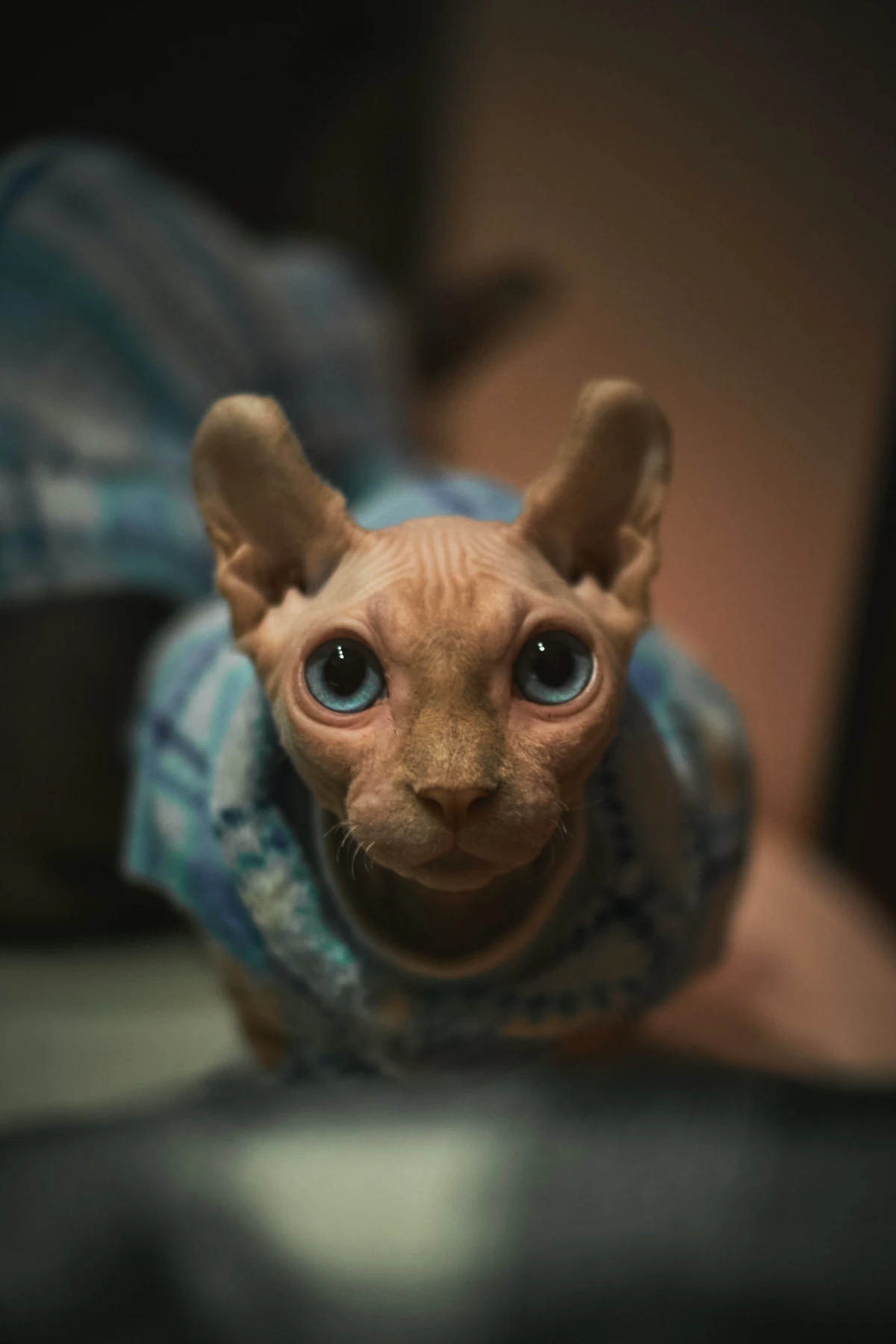
Genetic diversity is a huge plus. When a gene pool is too small (often from inbreeding to get a certain look), the risk for hereditary diseases goes up. This is exactly why finding a responsible breeder is so critical if you go the purebred route, but we’ll get more into that later.
The Indoor vs. Outdoor Debate (That’s Not Really a Debate)
If you take only one thing away from this article, let it be this. In my professional opinion, keeping your cat exclusively indoors is the single most impactful choice you can make for their longevity. Period.
The stats are just brutal. An outdoor cat’s average lifespan can be as short as 2 to 5 years. For an indoor-only cat, it jumps to 12 to 18 years, and often much longer. Keeping them inside shields them from the leading causes of premature death: cars, fights with other animals, deadly infectious diseases like Feline Leukemia (FeLV) and Feline Immunodeficiency Virus (FIV), parasites, and poisons. It’s the ultimate life insurance policy.
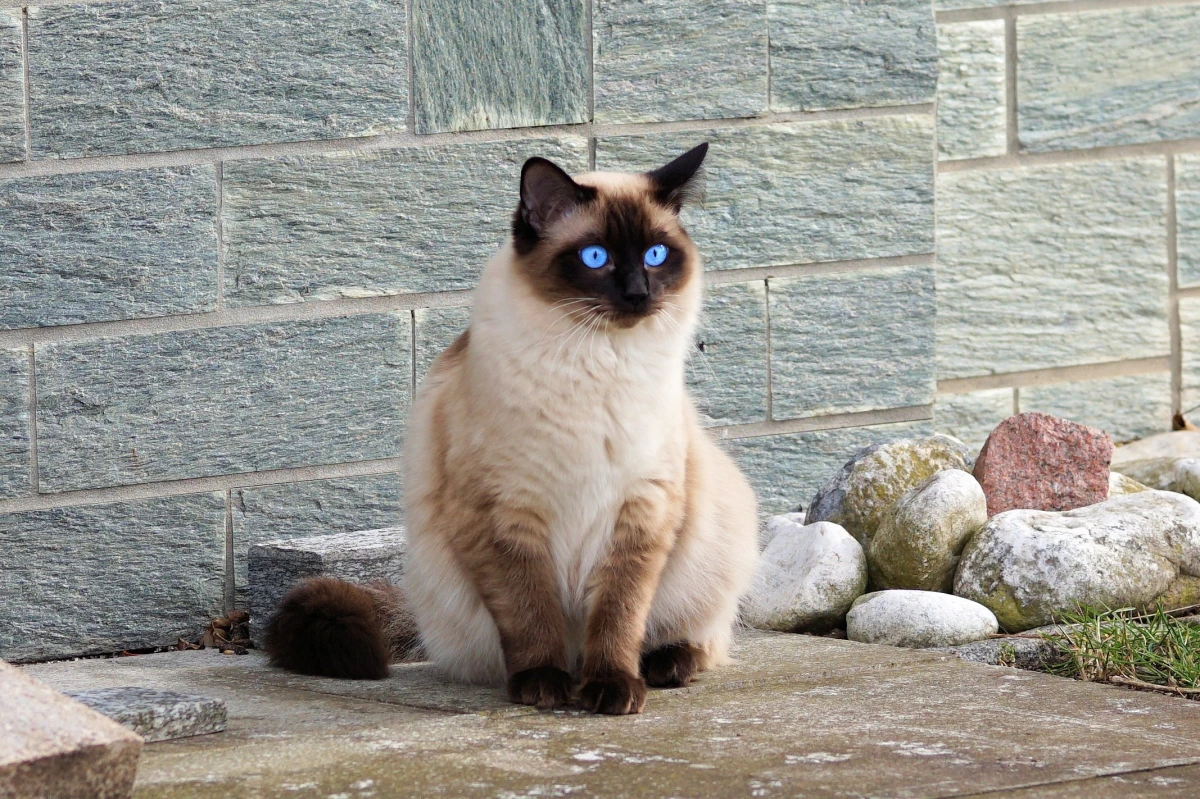
Don’t Forget the Mighty Moggy!
Okay, before we dive into the fancy purebreds, let’s talk about the unsung hero of the cat world: the mixed-breed cat, or “moggy.” The vast majority of cats out there fall into this category, and they are fantastic, long-lived companions!
They have one huge thing going for them: hybrid vigor. It’s a simple concept—a wider, more diverse gene pool means they are far less likely to inherit the specific genetic diseases that can sometimes plague purebred lines. They are the definition of a natural cat, built for resilience. Adopting from a shelter is not only a wonderful thing to do, but it often means you’re getting a cat with a very sturdy genetic foundation.
An In-Depth Look at Some Long-Lived Purebreds
If you do have your heart set on a particular breed, some have earned a reputation for their endurance. For each one, I’ll give you the inside scoop—the good, the potential issues, and the practical care that makes a real difference.
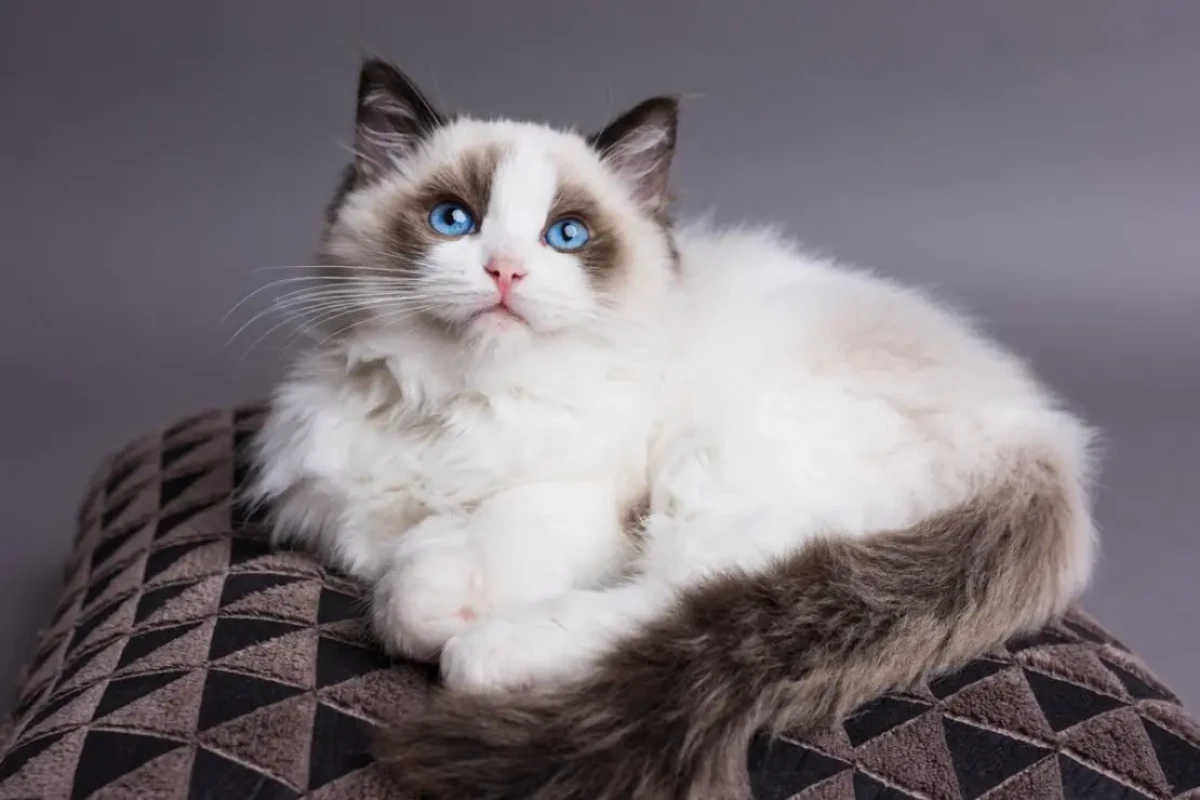
1. The Siamese
These cats are living history—an old, natural breed known for being whip-smart, chatty, and deeply bonded to their people. A Siamese is not a living decoration; they are an active, social family member. With great care, they often live for 15 to 20 years.
- The Good: They are generally hardy and athletic. Their intelligence makes them fun to train and interact with.
- Heads Up! Modern breeding has created a more angular head shape in some lines, which can lead to dental crowding. This makes them prone to periodontal disease. Proactive dental care is non-negotiable.
- Vet-Level Care: Plan for professional dental cleanings under anesthesia, which can run between $500 and $1,000 depending on the work needed. At home, daily brushing is the gold standard. Quick tip: start by just letting them lick pet-safe toothpaste (never human!) off your finger, then gradually introduce a small brush. Make it a positive, quick routine.
- Kitten Price Check: Expect to pay between $800 and $2,000 from a reputable breeder.
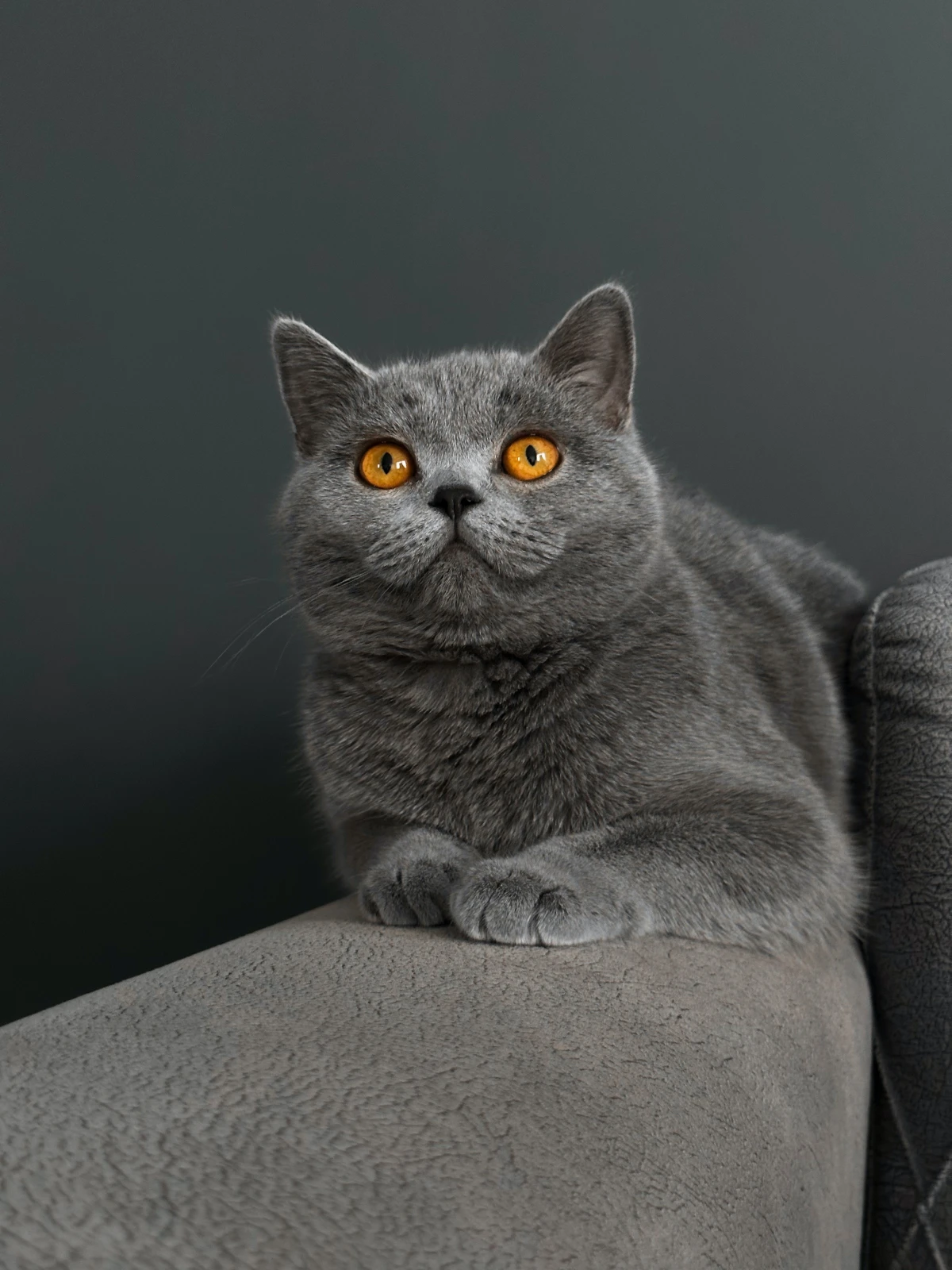
2. The Burmese
Often called “bricks wrapped in silk,” Burmese are surprisingly solid, muscular cats with a playful, puppy-like personality. They are social butterflies and incredibly gentle, making them stellar family pets. Their lifespan is impressive, often reaching 16 to 22 years.
- The Good: Amazing temperament and generally robust health.
- Heads Up! This breed has a known predisposition to diabetes. The absolute best prevention is strict weight management. I always advise owners to feed a high-protein, low-carb wet food and to measure every single meal. No free-for-all buffets!
- Real-World Example: I had a client whose Burmese, Coco, lived to be 24. Her secret was simple diligence. She weighed Coco’s food, never missed a vet check-up, and when Coco developed kidney issues late in life, she learned to give fluids at home. That’s what turns a good lifespan into a great one.
- Kitten Price Check: Typically $1,000 to $2,500.
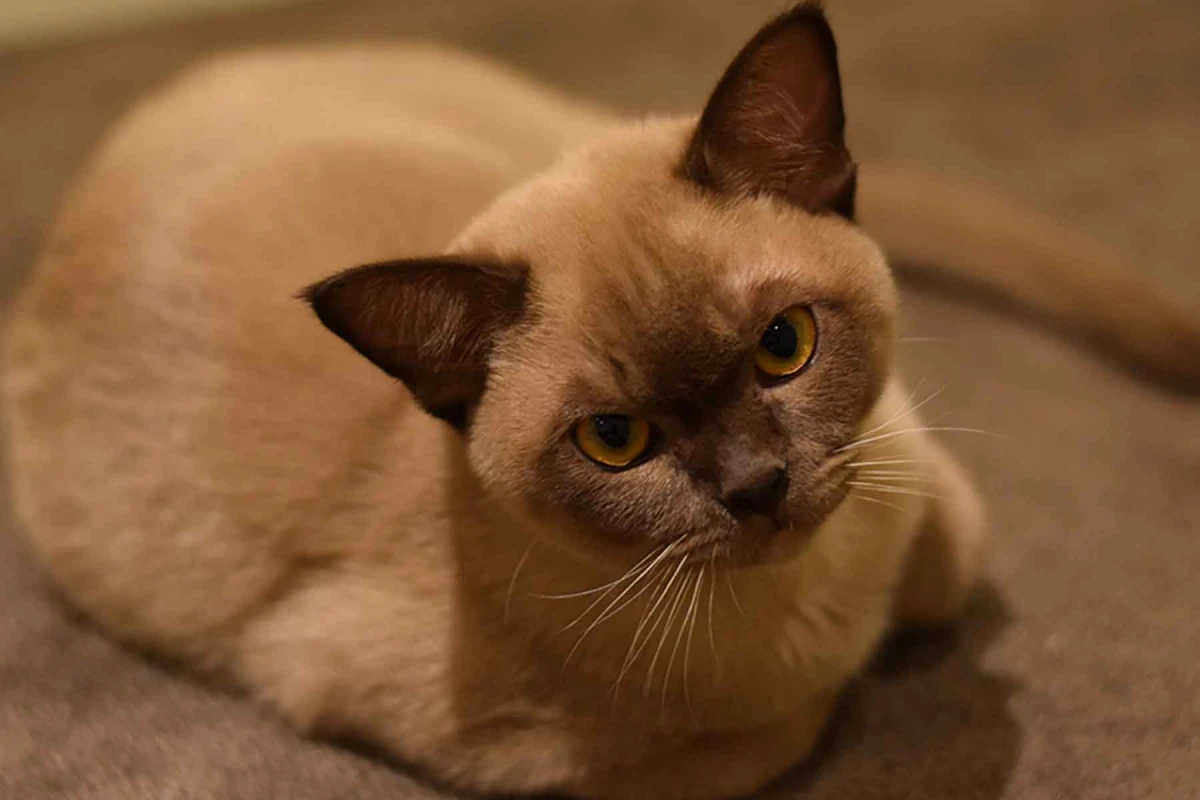
3. The Russian Blue
The Russian Blue is pure elegance, with a shimmering silver-blue coat and striking green eyes. They are gentle souls, a bit reserved with strangers but incredibly loyal to their family. They thrive in calm, stable homes and can easily live 15 to 20 years.
- The Good: As a natural breed, they have very few known genetic issues. This clean bill of health is a major contributor to their longevity.
- Heads Up! These cats LOVE to eat and can pack on pounds quickly. Obesity is a gateway to arthritis, diabetes, and heart problems. Portion control is everything.
- Vet-Level Care: Their grooming is surprisingly low-maintenance; a weekly comb-through is plenty. The biggest thing is respecting their sensitive nature. They need quiet spots to retreat to and enjoy predictable routines.
- Kitten Price Check: Usually in the $1,000 to $2,500 range.
4. The Ragdoll
These big, beautiful, blue-eyed cats are famous for their docile, placid nature. They are true companions, often following their people around like a fluffy shadow. Their gentle, trusting personality means they MUST be indoor-only cats. They can live well beyond 15 years.
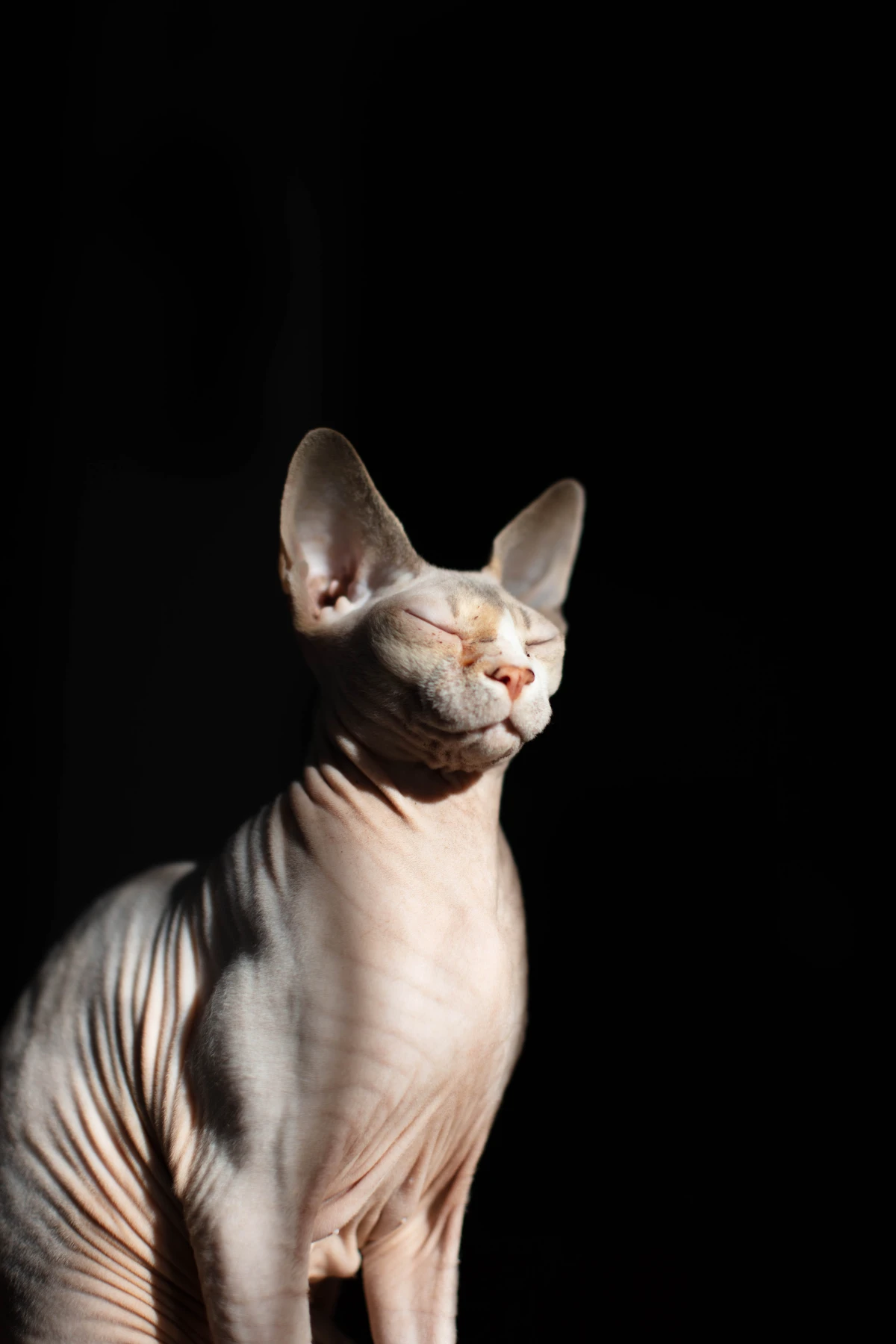
- The Good: Sweet-tempered, great with families, and breathtakingly beautiful.
- Heads Up! The big one for Ragdolls is a heart condition called Hypertrophic Cardiomyopathy (HCM). It’s a genetic thickening of the heart muscle. Responsible breeders screen for this, but it’s still a risk.
- Vet-Level Care: I strongly recommend a baseline heart screening (an echocardiogram) with a veterinary cardiologist around age 1 or 2. It’s a painless ultrasound that can cost between $400 and $800, but early detection can add years to their life with medication. At home, watch for subtle signs like rapid breathing while resting, coughing, or sudden lethargy.
- New Cat Shopping List: A good steel comb for their silky fur and a giant, sturdy litter box to accommodate their large size.
- Kitten Price Check: Prepare for $1,200 to $3,000+, especially for show-quality lines.
5. The Sphynx
This unique, “naked” cat is a high-energy, attention-loving goofball. They feel like a warm suede hot water bottle and have a higher metabolism to stay warm. Their lifespan is often around 10 to 15 years, but dedicated care can see them live longer.
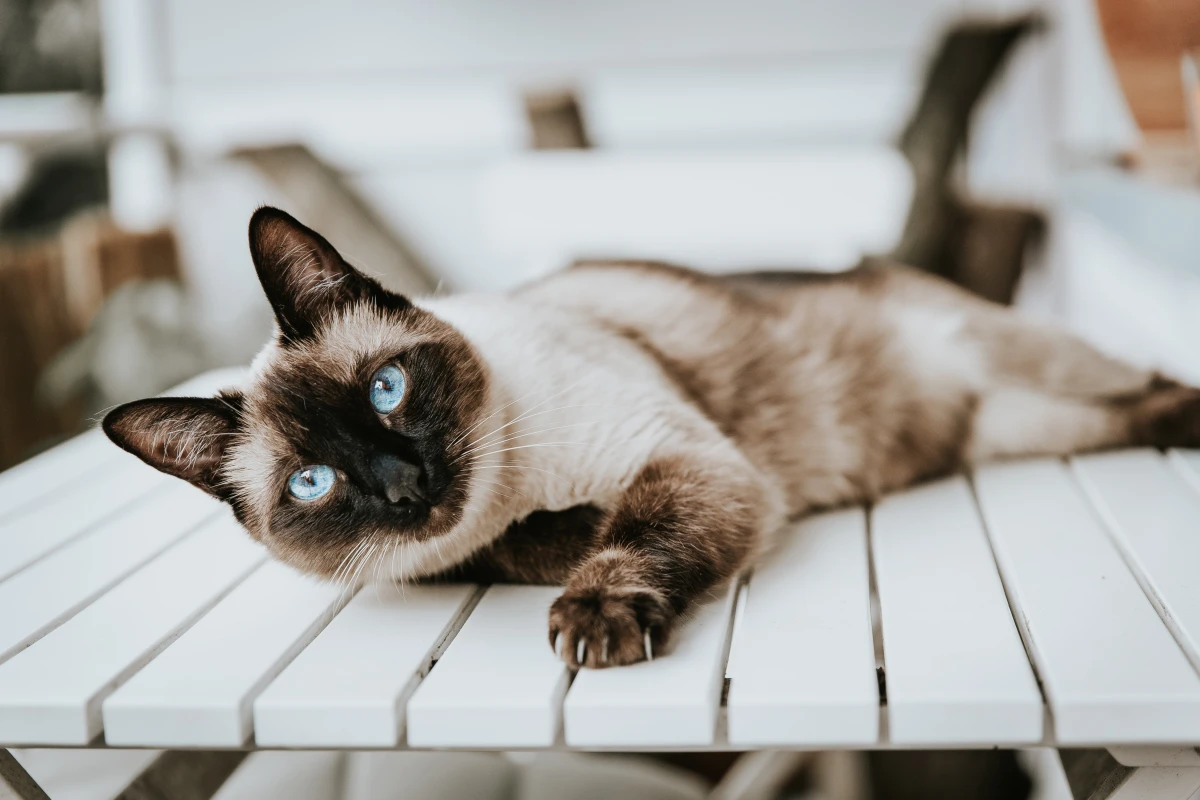
- The Good: Incredibly social, loving, and entertaining personality. No shedding!
- Heads Up! Their lack of fur creates its own chores. Skin oils accumulate, so they need weekly baths with a gentle pet shampoo. They are also prone to both HCM (like the Ragdoll) and dental disease.
- Vet-Level Care: Cardiac screening is just as important for them as it is for Ragdolls. Regular ear and nail bed cleaning is also a must, as oils and wax build up there.
- New Cat Shopping List: Vet-approved gentle shampoo, soft cat sweaters for chilly days, and unscented baby wipes for quick spot-cleans between baths.
- Kitten Price Check: One of the pricier breeds, often $1,500 to $3,500+.
How to Find a Good Breeder (And Avoid Scams)
I keep saying “reputable breeder,” but what does that even mean? If you’re buying a purebred, doing your homework is the most important step.
Red flags to watch out for:
- They won’t let you visit their home or see the kitten’s parents.
- They have multiple breeds or many litters available at once (this screams kitten mill).
- They want to meet you in a parking lot or ship a kitten immediately.
- They can’t provide vet records or proof of genetic screening for the parents.
Green flags (and questions to ask):
- “Can I see the health clearances for the parents, specifically for conditions like HCM or PKD?”
- “Can I see where the kittens are raised?” (It should be inside the home, not a cage).
- “What do you do for socialization?”
Your Cat-Care Masterclass: The Universal Rules for a Long Life
Whether you have a fancy Ragdoll or a beloved moggy from the shelter, these principles are universal.
1. Be Proactive with Vet Care. Don’t wait for a problem. Annual wellness exams are for prevention. As they age, we shift our focus. Think of it in stages: a cat is “mature” from 7-10 years, “senior” from 11-14, and “geriatric” from 15 onward. For any cat past 10, I strongly recommend bi-annual visits with routine bloodwork to catch kidney disease, thyroid issues, and diabetes when they’re most treatable.
2. Nutrition is Medicine. Cats are designed to eat meat. I’m a huge advocate for high-quality wet food because its moisture content is vital for kidney and urinary health. Read the label—the first ingredient should be a named meat, not corn or “meat by-products.” A good rule of thumb? Most 10-pound indoor cats need about 200-250 calories per day. Check the can and do the math!
3. Keep Them Lean. A chunky cat might look cute, but obesity is a serious health crisis that fuels arthritis and diabetes. You should be able to easily feel (but not see) their ribs, and they should have a visible “waist” when you look down at them.
4. A Happy Home is a Healthy Home. An indoor cat needs stimulation! This means cat trees for climbing, a variety of scratching posts, and interactive playtime with you. A 15-minute session with a wand toy to let them “hunt” is amazing for their body and mind.
A Final Thought
Choosing a breed known for longevity might be a good start, but it’s just the first page of a very long book. The rest of the story is written by you—in the quality of the food you provide, the safety of their home, and your commitment to their health. The bond you share is the real prize. By being an informed and dedicated guardian, you give them the greatest gift of all: the best possible chance at a long, comfortable, and happy life right by your side.
Inspirational Gallery
Wet Food: Primarily recommended for senior cats. Its high moisture content is crucial for supporting kidney function and preventing dehydration, common issues in older felines. Brands like Hill’s Science Diet Senior Vitality or Royal Canin Aging 12+ offer formulas tailored to their specific needs.
Dry Food: While convenient, it can be tough on aging teeth and lacks the hydration of wet food. If used, look for senior-specific kibble and always ensure a constant supply of fresh water, perhaps from a cat fountain to encourage drinking.
For most seniors, a primarily wet or mixed diet is the gold standard for promoting longevity.
More than 70% of cats show signs of oral disease by age three.
This isn’t just about bad breath. Bacteria from infected gums can enter the bloodstream and damage vital organs like the heart, liver, and kidneys. Regular dental check-ups and cleanings aren’t a luxury; they are a cornerstone of preventative care that directly impacts your cat’s lifespan.
Adapting your home for a senior cat is an act of love. Notice where they hesitate. A small set of pet stairs next to the sofa or your bed can restore their access to favorite napping spots. Low-entry litter boxes, like the ‘Senior Cat Litter Box’ by KittyGoHere, reduce strain on arthritic hips. These small changes preserve their dignity and comfort, making their golden years truly golden.
Is my cat just getting old, or is something wrong? Watch for these subtle shifts:
- A decline in grooming, leading to a matted or greasy coat.
- Hesitation before jumping up or down from furniture.
- Sleeping more, but interacting less when awake.
- Changes in vocalization—either more meowing or unusual quietness.
- Missing the litter box, which could signal arthritis pain rather than a behavioral issue.
The Indoor Advantage: Keeping your cat exclusively indoors is one of the single most effective ways to extend its life. Indoor cats are protected from predators, traffic accidents, and contagious diseases like Feline Leukemia (FeLV) and Feline Immunodeficiency Virus (FIV) spread by other cats. They are also less likely to encounter poisons or parasites. This controlled environment dramatically reduces the risks that can cut a life short, often adding years to their lifespan compared to their outdoor-roaming counterparts.
- Boosts mental engagement and fights cognitive decline.
- Satisfies their natural hunting instinct in a safe way.
- Can help with weight management by making them work for their food.
The secret? Puzzle feeders. Instead of just putting food in a bowl, using a puzzle toy like the Catit Senses 2.0 Food Tree or a simple snuffle mat encourages your cat to think and problem-solve, keeping their mind as healthy as their body.
The oldest cat ever recorded, Creme Puff, lived to be 38 years old.
While her incredible age is an outlier, her owner’s care regimen was notable. He reportedly fed his cats a diet including broccoli, eggs, and coffee with cream. While we absolutely do not recommend this specific diet, it highlights the article’s core message: dedicated, attentive daily care—even if unconventional—plays a massive role in a cat’s well-being and longevity, far beyond genetics alone.
When selecting a purebred kitten, the single most important question you can ask a breeder isn’t
Are supplements necessary for an aging cat?
For many seniors, yes. As cats age, their joints can ache and their digestion can become less efficient. A high-quality omega-3 fatty acid supplement (from fish oil) can reduce inflammation and support coat health. Glucosamine and chondroitin supplements, like Cosequin, are widely recommended by vets to support aging joints and improve mobility. Always consult your vet before adding any supplement to ensure it’s right for your cat’s specific health profile.










